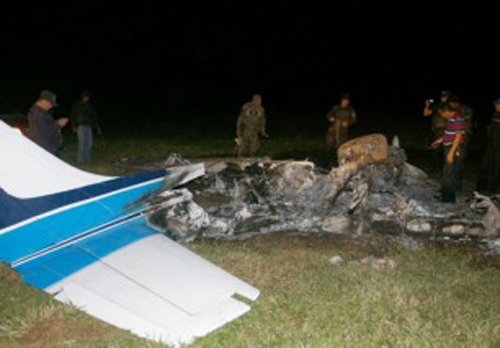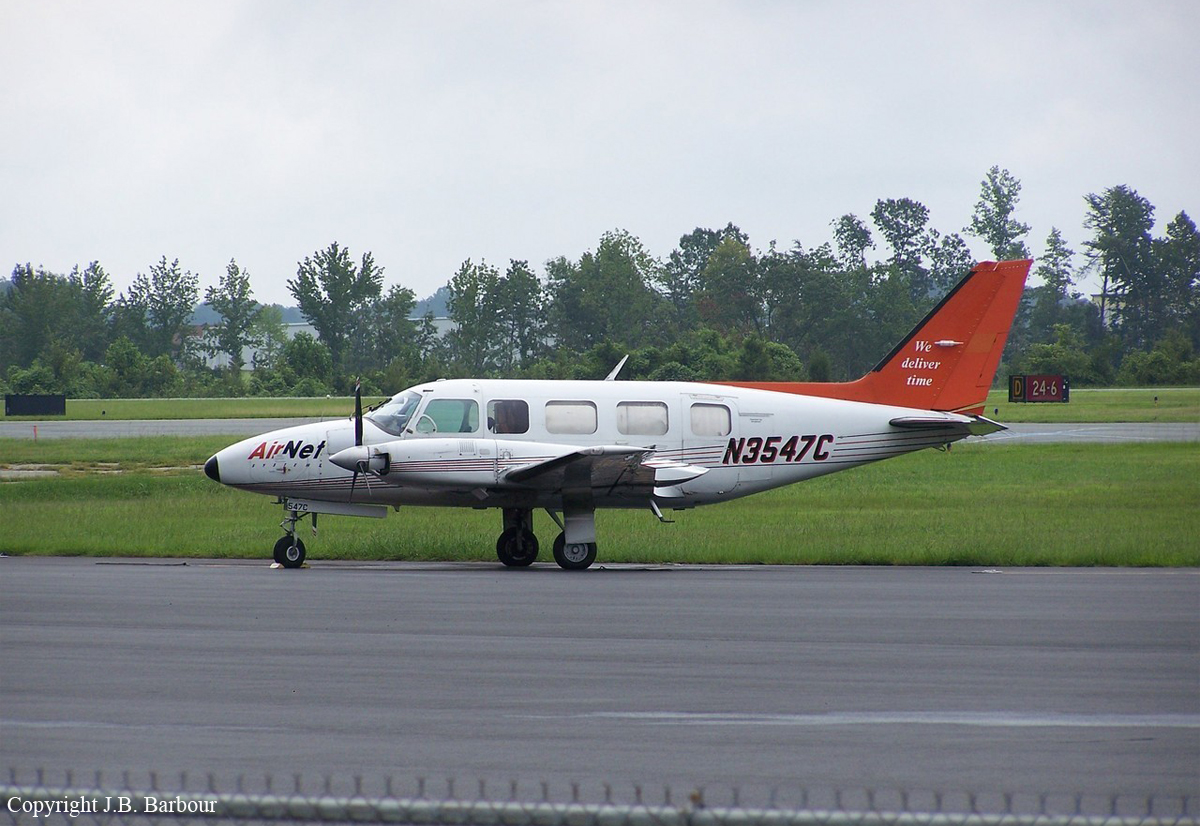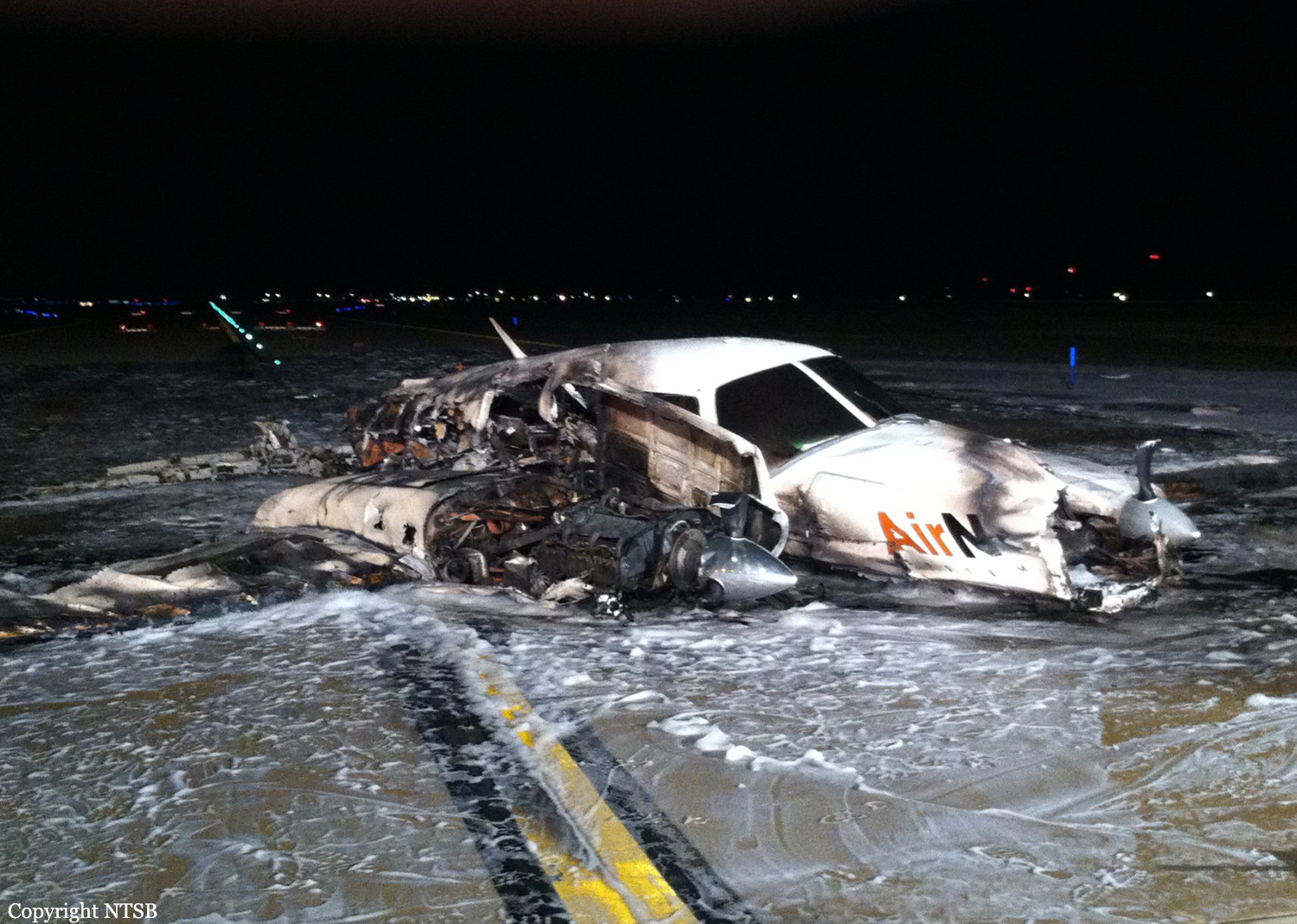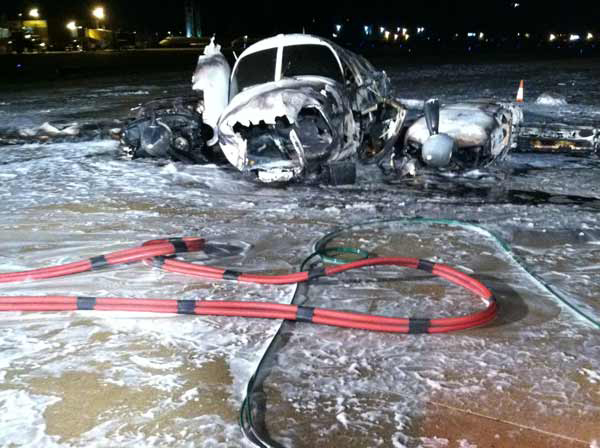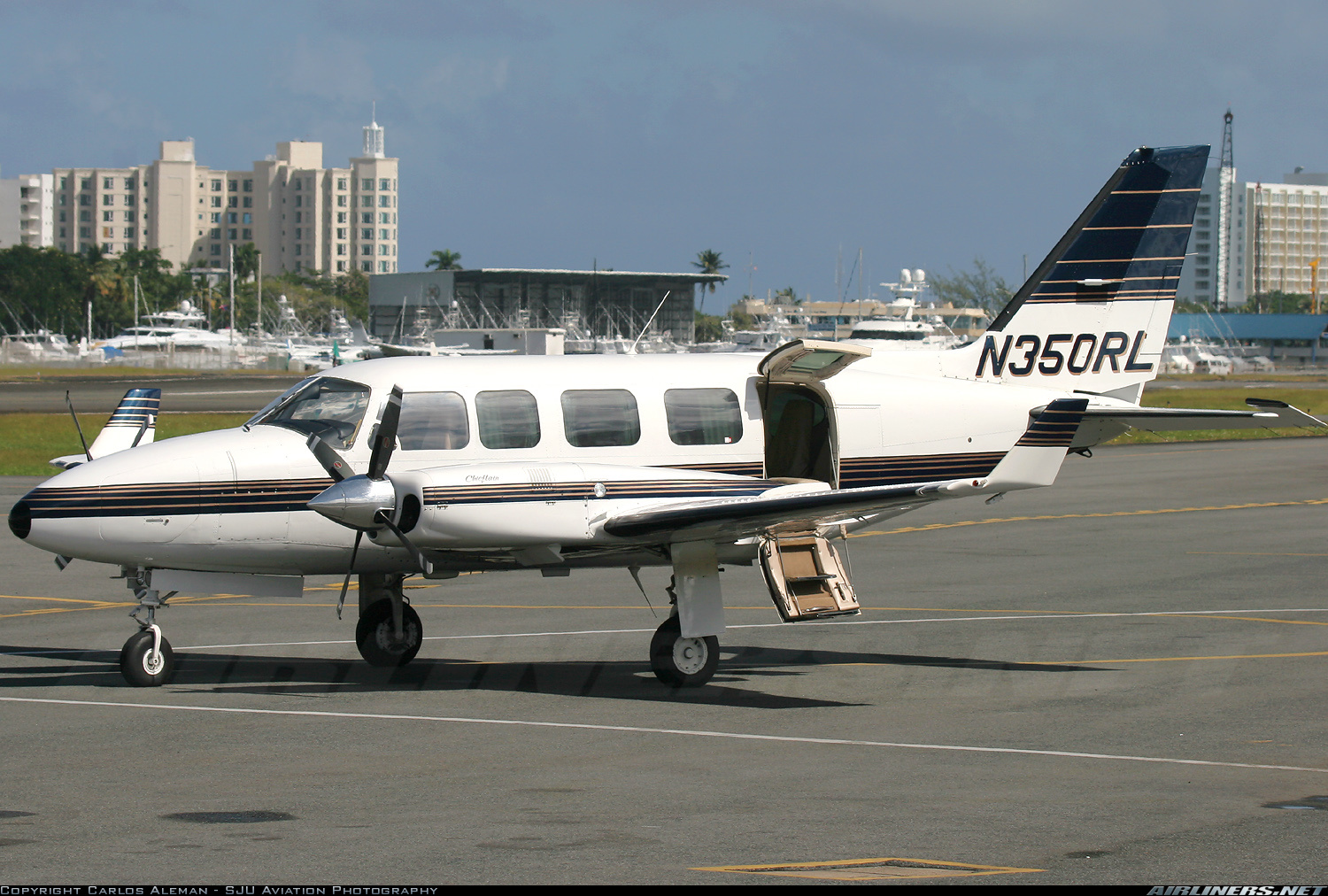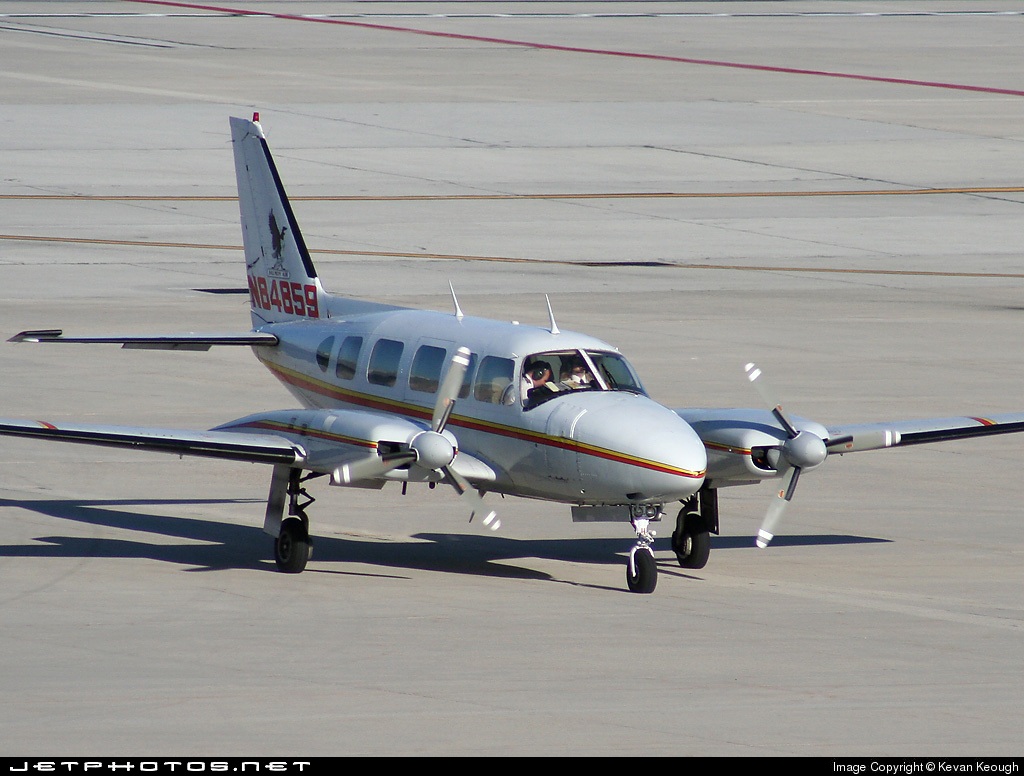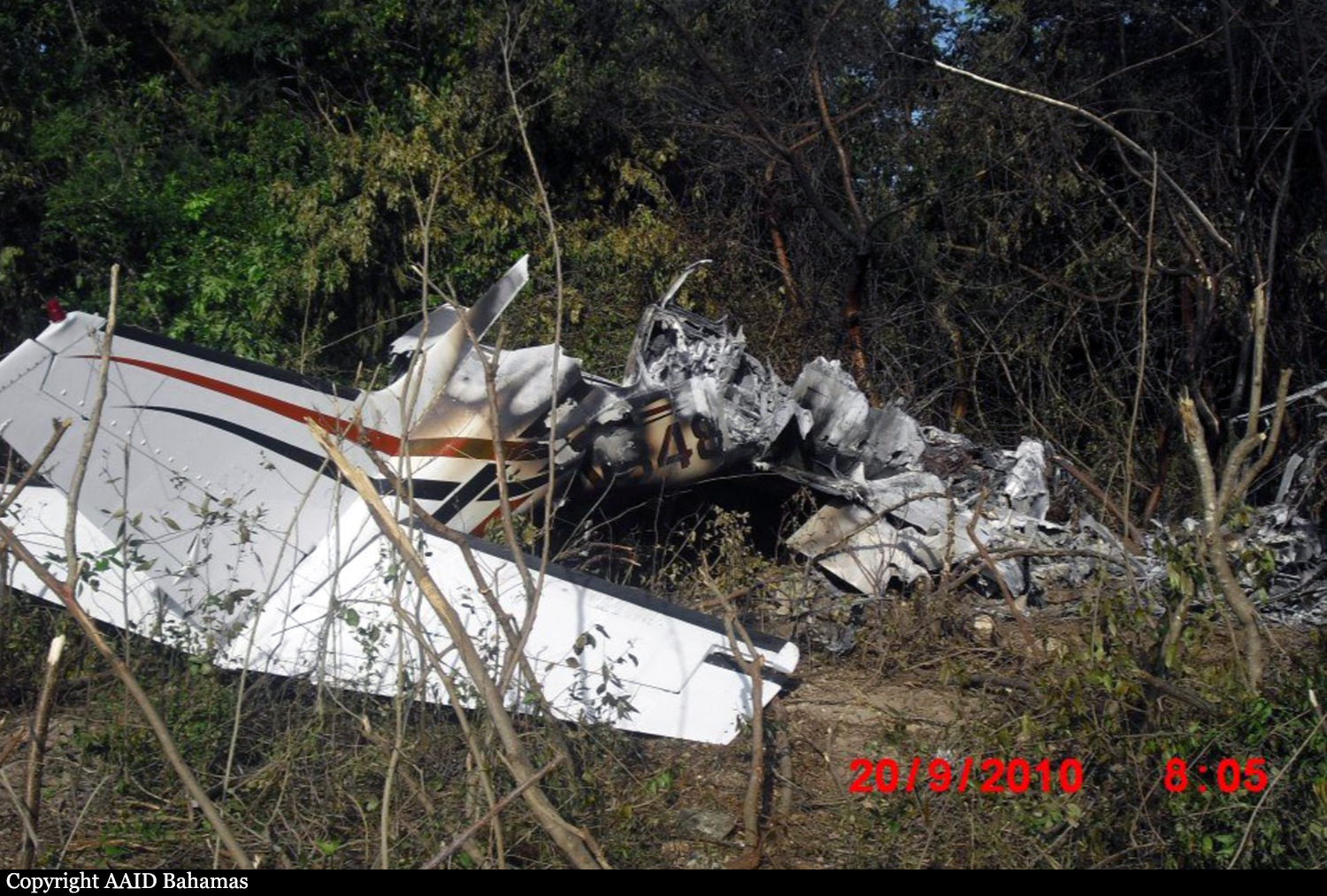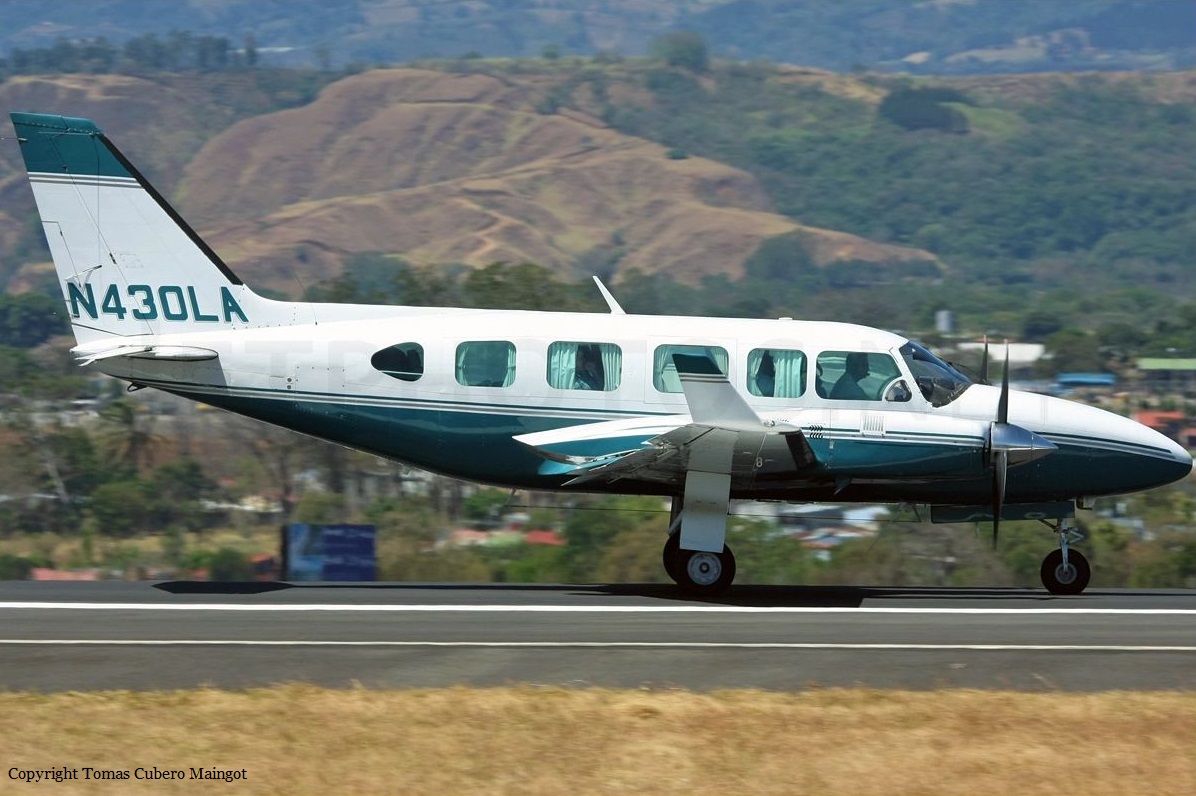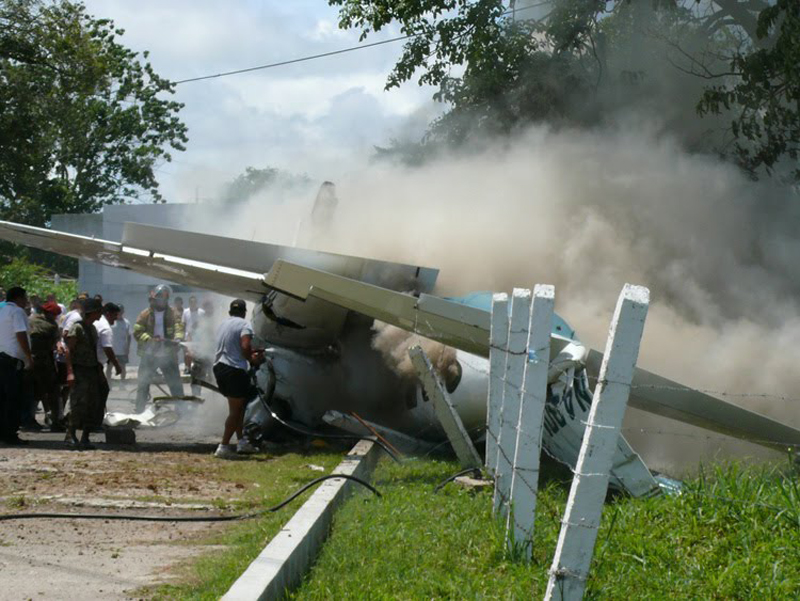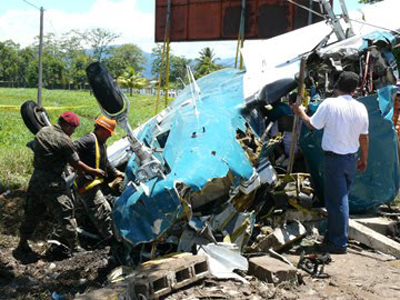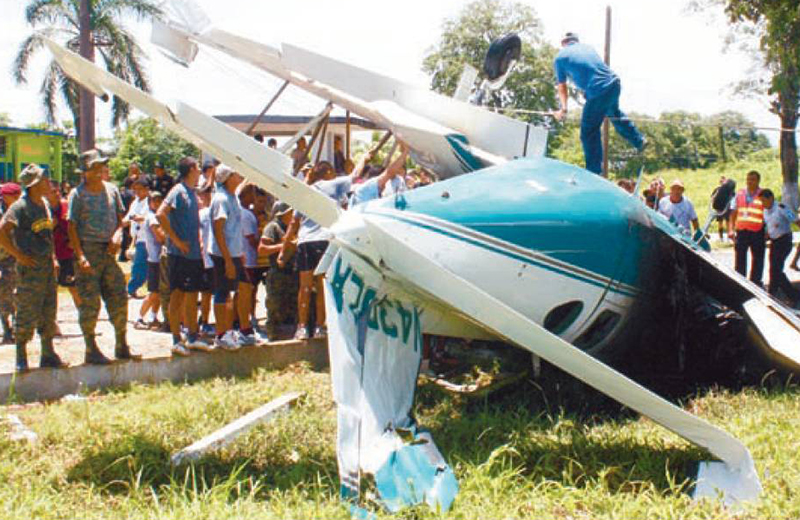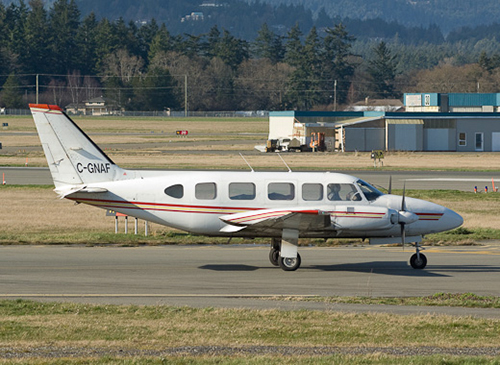Crash of a Piper PA-31-350 Navajo Chieftain near Zaraza
Date & Time:
Jun 16, 2011 at 0950 LT
Registration:
YV1394
Survivors:
Yes
Schedule:
Maracay - Puerto Ordaz
MSN:
31-7405135
YOM:
1974
Crew on board:
1
Crew fatalities:
Pax on board:
1
Pax fatalities:
Other fatalities:
Total fatalities:
0
Circumstances:
The twin engine aircraft departed Maracay on a cargo flight to Puerto Ordaz, carrying one pilot, one passenger and some bank documents. While in cruising altitude, the pilot informed ATC about smoke in the cockpit and elected to divert to the nearest airport. Eventually, he attempted an emergency landing in an open field located some 20 km east from Zaraza. After touchdown, the aircraft rolled for few dozen metres before coming to rest, bursting into flames. While both occupants escaped uninjured, the aircraft was totally destroyed by fire.
Probable cause:
During a flight of transport of values, in the phase of cruise, a smoke emergency appeared in the cockpit, that when not being able to be controlled, derived in a landing of emergency by precaution in a nonprepared field, which resulted without apparent damages to the aircraft, triggering later a fire and the almost total destruction of the same, due, very probably, to an electrical failure that originated the fire.

